Internet of Things for Architects: Architecting IoT solutions by implementing sensors, communication infrastructure, edge computing, analytics, and security
Learn to design, implement and secure your IoT infrastructure Key Features Build a complete IoT system that is the best fit for your organizationLearn about different concepts, technologies, and trade-offs in the IoT architectural stackUnderstand the theory, concepts, and implementation of each element that comprises IoT design-from sensors to the cloudImplement best practices to ensure
Learn to design, implement and secure your IoT infrastructure
Key Features
Build a complete IoT system that is the best fit for your organizationLearn about different concepts, technologies, and trade-offs in the IoT architectural stackUnderstand the theory, concepts, and implementation of each element that comprises IoT design-from sensors to the cloudImplement best practices to ensure the reliability and scalability of robust communication systems, security, and data analysis in your IoT infrastructure
Book Description
Industries are embracing IoT technologies to improve operational expenses, product life, and people’s well-being. An architectural guide is necessary if you want to traverse the spectrum of technologies needed to build a successful IoT system, whether that’s a single device or millions of devices.
Internet of Things for Architects encompasses the entire spectrum of IoT solutions, from sensors to the Cloud. We start by examining modern sensor systems and focus on their power and functionality. After that, we dive deep into communication theory, paying close attention to near-range PAN, including the new Bluetooth® 5.0 specification and mesh networks. Then, we explore IP-based communication in LAN and WAN, including 802.11ah, 5G LTE cellular, SigFox, and LoRaWAN. Next, we cover edge routing and gateways and their role in fog computing, as well as the messaging protocols of MQTT and CoAP.
With the data now in internet form, you’ll get an understanding of Cloud and fog architectures, including the OpenFog standards. We wrap up the analytics portion of the book with the application of statistical analysis, complex event processing, and deep learning models.
Finally, we conclude by providing a holistic view of the IoT security stack and the anatomical details of IoT exploits while countering them with software defined perimeters and blockchains.
What you will learn
Understand the role and scope of architecting a successful IoT deployment, from sensors to the CloudScan the landscape of IoT technologies that span everything from sensors to the CloudExplore the trade-offs in choices of protocols and communications in IoT deploymentsBuild a repertoire of skills and the vernacular necessary to work in the IoT spaceBroaden your skills in multiple engineering domains necessary for the IoT architect
Who This Book Is For
This book is for architects, system designers, technologists, and technology managers who want to understand the IoT ecosphere, various technologies, and trade-offs and develop a 50,000-foot view of the IoT architecture.
Table of Contents
The IoT HypeIoT Architecture and Core IoT ModulesSensors, Endpoints, and Power SystemsCommunications and Information TheoryNon-IP Based WPANIP-Based WPAN and WLANLong Range Communication Systems and Protocols (WAN)Routers and GatewaysIoT Edge to Cloud ProtocolsCloud and Fog TopologiesData Analytics and Machine Learning in the Cloud and in the FogIoT SecurityConsortiums and Communities
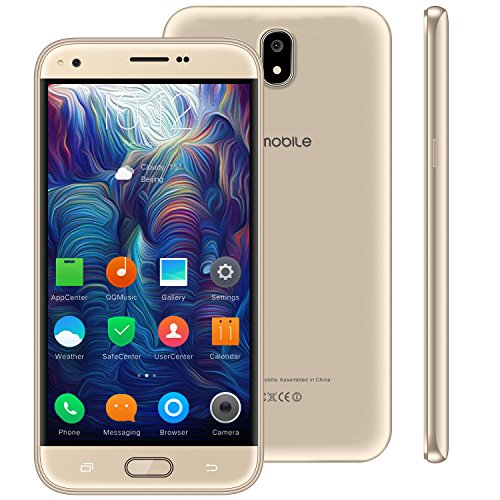
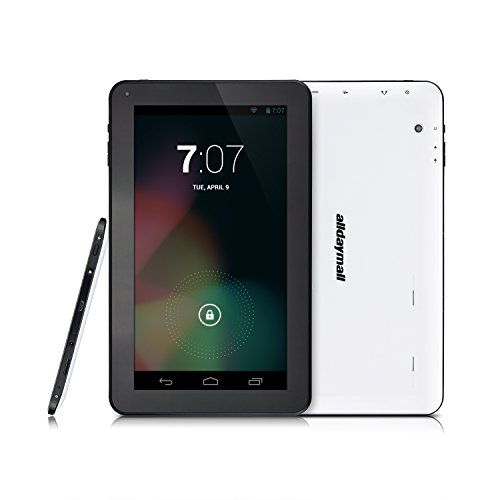
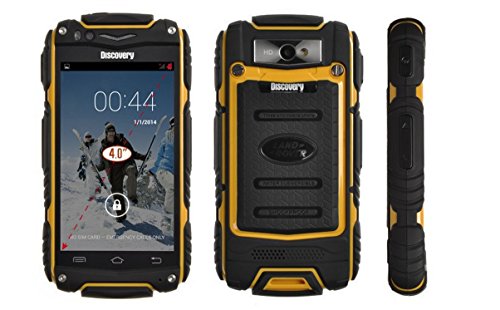
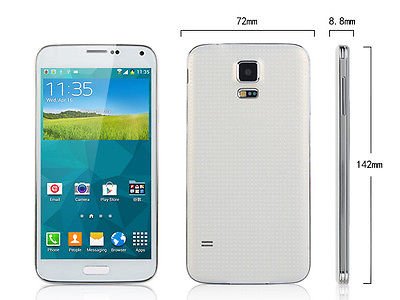
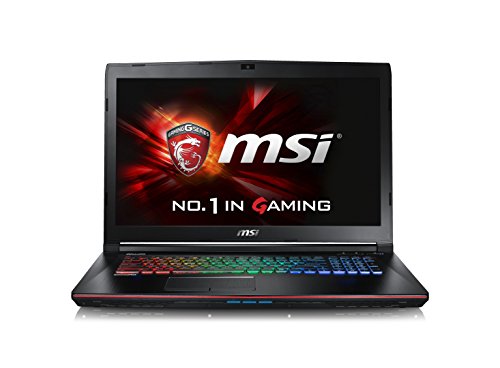
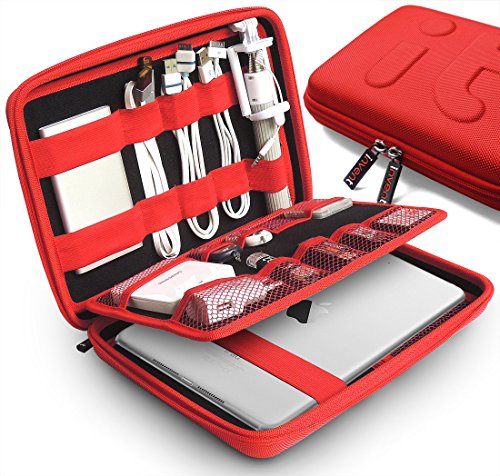
Comments